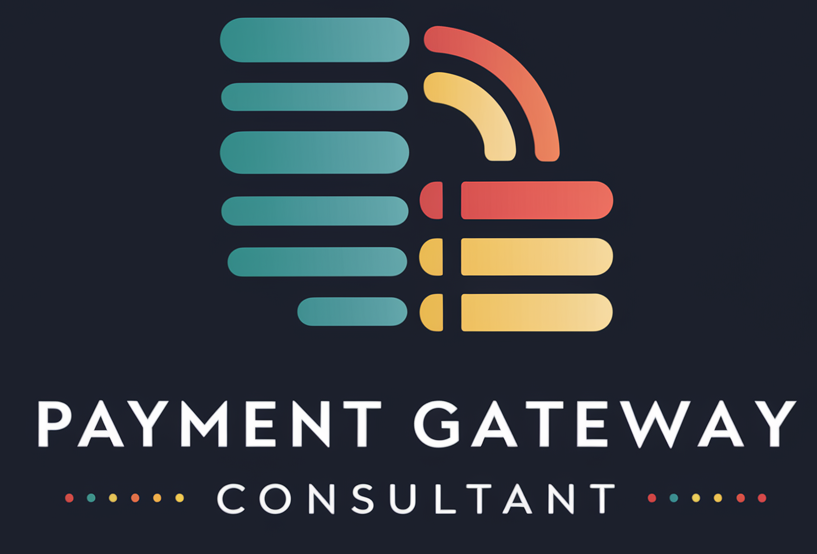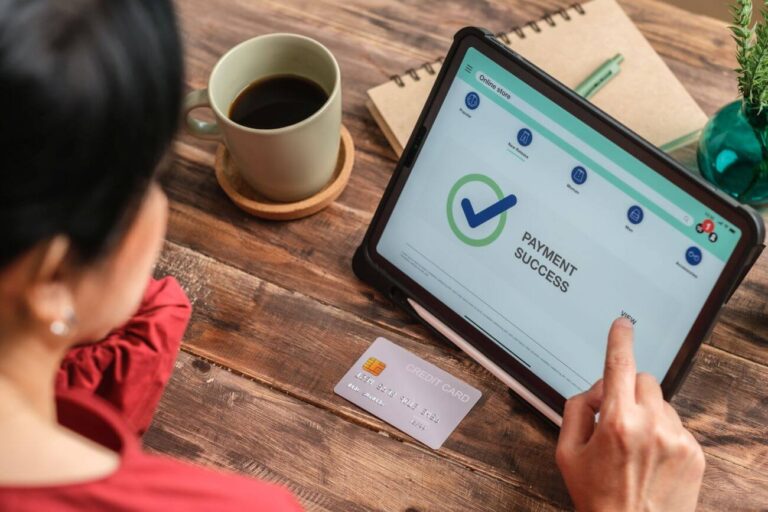Imagine a world where your credit card details are as safe as Fort Knox, yet you can still shop online with ease. Welcome to the future of payment security, where tokenization reigns supreme! This game-changing technology is revolutionizing the way we protect sensitive financial information, making online transactions safer than ever before. Buckle up as we dive deep into the world of tokenized cards and discover how they’re beefing up payment gateway security.
What’s the Big Deal with Tokenization?
Tokenization might sound like something out of a sci-fi movie, but it’s actually a brilliant solution to a very real problem. In essence, tokenization is the process of replacing sensitive data with unique identification symbols that retain all the essential information about the data without compromising its security. When it comes to credit cards, this means swapping out your actual card number with a randomly generated string of numbers called a token.
Now, you might be thinking, “So what? How’s that different from encryption?” The beauty of tokenization lies in its simplicity and effectiveness. Unlike encryption, which uses a mathematical algorithm to scramble data that can be unscrambled with the right key, tokenization creates a completely random token that has no mathematical relationship to the original data. This means that even if hackers somehow got their hands on the token, they’d have no way of reverse-engineering it to get your actual card number.
But the benefits don’t stop there. A tokenized card also makes life easier for merchants. Instead of storing sensitive card data on their servers, they only need to keep the tokens. This significantly reduces their compliance burden and the risk of data breaches. Plus, tokens can be configured to work only with a specific merchant or for a limited time, adding an extra layer of security.
Let’s paint a picture of how this works in real life. Imagine you’re buying a new gadget from your favorite online store. You enter your card details, hit “purchase,” and boom! The payment gateway instantly tokenizes your card information. The merchant never sees your actual card number – they only get the token. Even if a cyber-criminal managed to hack into the merchant’s system, all they’d find is a bunch of useless tokens.
The Nitty-Gritty of How Tokenization Works
Now that we’ve covered the basics, let’s roll up our sleeves and get into the nuts and bolts of tokenization. The process might seem complex, but it’s actually quite elegant in its simplicity.
- When you make a purchase, your card details are sent to the tokenization system.
- This system then generates a random token – think of it as a digital disguise for your card number.
- This token is sent back to the merchant and used for the transaction.
- The real magic happens behind the scenes in the token vault. This is a highly secure database that stores the relationship between the real card numbers and their corresponding tokens. When it’s time to process the payment, the token is sent to the payment processor, who then retrieves the real card number from the token vault to complete the transaction.
But here’s where it gets really clever: the token vault is separate from the payment processing system. This means that even if the payment system is compromised, the vault remains secure.
Let’s break it down with a real-world example. Say you’re setting up a recurring payment for your gym membership. You enter your card details once, and the tokenization system generates a token – let’s call it “XYZ123”. The gym stores this token instead of your actual card number. Every month when it’s time to charge your membership fee, the gym sends “XYZ123” to the payment processor. The processor checks with the token vault, which says, “Ah yes, XYZ123 corresponds to card number 1234-5678-9012-3456.” The payment is processed, and your gym membership continues without a hitch. Meanwhile, your actual card number remains safely tucked away in the token vault, far from prying eyes.
The Security Superpowers of Tokenized Cards
Now that we’ve got the how down, let’s talk about the why. First up, there’s the obvious benefit: data protection. Since the actual card numbers are replaced with tokens, there’s simply less sensitive data floating around in cyberspace. Even if a hacker manages to intercept a token, it’s useless without access to the token vault.
But the benefits go beyond just keeping your data safe from hackers. Tokenization also helps businesses comply with industry regulations like PCI DSS (Payment Card Industry Data Security Standard). These standards can be a real headache for merchants, requiring extensive security measures for storing and transmitting card data. But with tokenization, merchants can significantly reduce their PCI scope because they’re not handling actual card numbers. It’s a win-win: customers get better security, and businesses save time and resources on compliance.
Tokenization also opens up new possibilities for secure, seamless payments. Take mobile payments, for instance. When you add your card to a digital wallet like Apple Pay or Google Pay, it’s tokenized. This means you can tap and pay with your phone without worrying about your card details being stolen.
And let’s not forget about the flexibility of tokens. They can be limited to specific merchants, devices, or types of transactions. For example, you could have a token that only works for in-app purchases on your phone, or one that’s tied to a specific online store. This granular control adds yet another layer of security to your transactions.
Here’s a real-world scenario to illustrate the power of payment gateway tokenization: Remember the massive data breaches that have hit major retailers in recent years? In many cases, hackers made off with millions of credit card numbers. But imagine if those retailers had been using tokenization. Instead of a goldmine of card data, the hackers would have ended up with a bunch of worthless tokens. The damage and cost of these breaches could have been significantly reduced.
The Future is Tokenized: What’s Next for Payment Security?
As we peer into our crystal ball, it’s clear that tokenization is not just a passing fad – it’s the future of payment security. But what does that future look like?
One of the most promising developments is the concept of network tokenization. This takes the idea of tokenization and scales it up to the entire payment network. Instead of each merchant or payment provider having their own tokenization system, network tokens are issued by the card networks themselves (like Visa or Mastercard). This means that a single token can be used across multiple merchants and payment methods, providing even more security and convenience.
Imagine this: you get a new credit card, and instead of updating your card details with every single merchant you use, you just update it once with your card network. The network then updates the token-to-card mapping in their vault, and all your recurring payments continue seamlessly. No more missed payments because you forgot to update your card details!
Another exciting frontier is the integration of tokenization with emerging technologies like blockchain and the Internet of Things (IoT). As more and more devices become connected – from your fridge to your car – secure payment methods will be crucial. Tokenization could be the key to enabling safe, frictionless transactions in this hyper-connected world.
Possible Challenges
But it’s not all smooth sailing. As tokenization becomes more widespread, we’ll need to tackle new challenges.
- How do we ensure interoperability between different tokenization systems?
- How do we balance security with user convenience?
- And how do we educate consumers about the benefits of tokenization?
These are big questions, but the payment industry is working hard to answer them. Companies are investing in user-friendly interfaces that make tokenized payments as easy as traditional methods. As we wrap up our journey through the world of tokenization, one thing is clear: the days of worrying about your card details being stolen every time you shop online are numbered.
Promotional text
See also:






